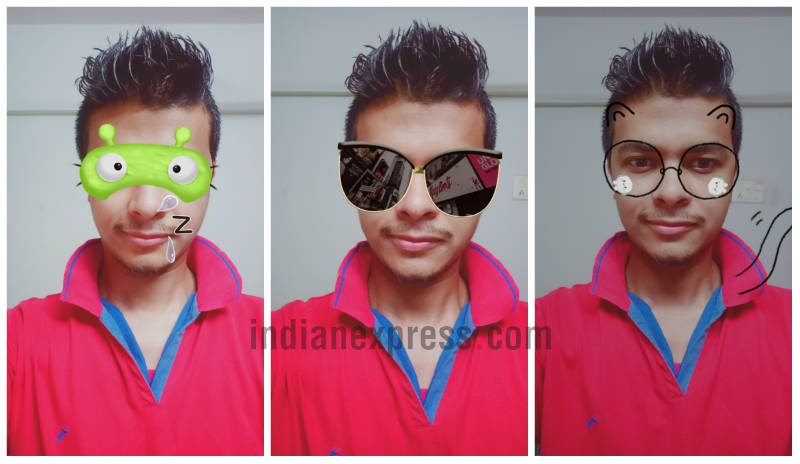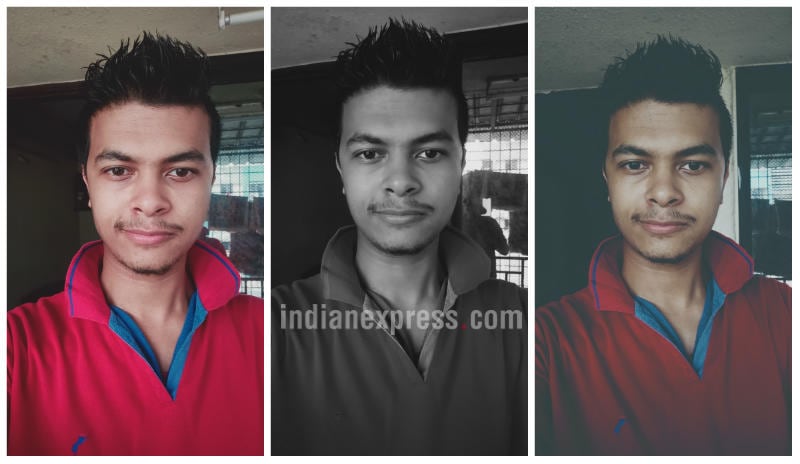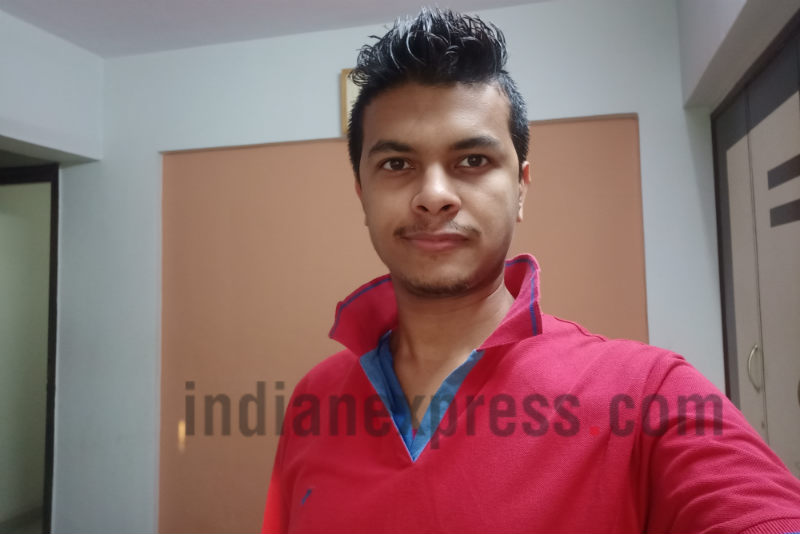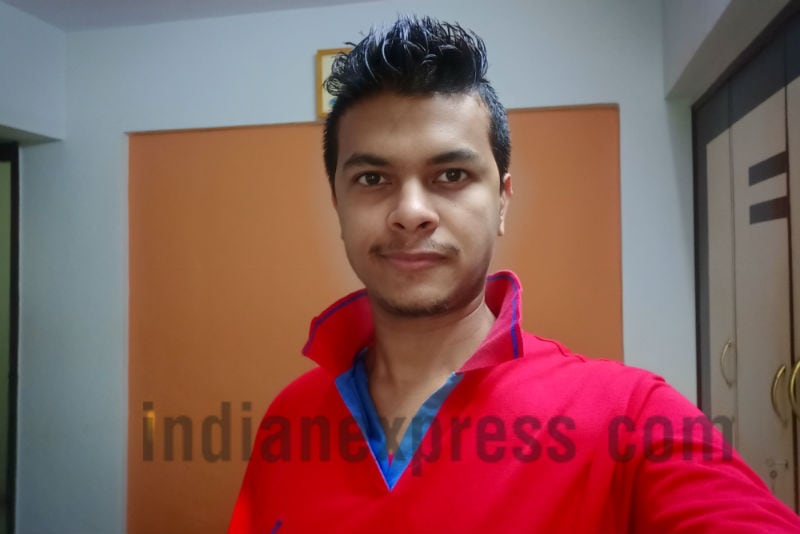 Just having a 25MP front camera doesn’t make you a ‘Selfie Expert’. You need to have a few tricks up your sleeve to engage the users. Let’s see what the Oppo F7 has got.
Just having a 25MP front camera doesn’t make you a ‘Selfie Expert’. You need to have a few tricks up your sleeve to engage the users. Let’s see what the Oppo F7 has got.
Oppo F7 may be better known for its near full-screen display with an Apple iPhone-like notch, but like most Oppo phones, it focuses heavily on selfie enthusiasts with its 25MP selfie camera. Just having a high-megapixel sensor at the front doesn’t make you a ‘Selfie Expert’. You need to have a few tricks up your sleeve for the users to play with. Last week, we decided to take up a few questions about Oppo F7 that people have been seeking answers for. I’ve been using Oppo F7 as my daily driver for the last few days, and today, I will share some of the interesting things you can do with its selfie camera. So, without any further ado, let’s get started:
Portrait selfies
 Whenever you enable depth sensing, ensure that you don’t keep the camera too close to your face.
Whenever you enable depth sensing, ensure that you don’t keep the camera too close to your face.
Oppo F7 has a lot of camera modes to play around with, and one of them is portrait mode. And to my surprise, it captures some really great portrait shots despite not having a dedicated depth sensing unit (dual camera). But what’s even more surprising is that it allows taking portrait selfies too. I’ve taken quite a few portrait selfies with bokeh effect on my Oppo F7, and I’m pretty impressed with the end results. Although I haven’t been a huge fan of its beautification algorithm, mainly because the image turns out somewhat unnatural, depth sensing selfies is a whole different story. Whenever you enable depth sensing, ensure that you don’t keep the camera too close to your face. Always maintain a distance so that it can blur the background well and focus on your face instead.
Face filters
 Oppo F7 face filters even work without connecting to your data or Wi-Fi network.
Oppo F7 face filters even work without connecting to your data or Wi-Fi network.
Another interesting feature when it comes to taking selfies on the Oppo F7 has to be face filters. Popularised by Snapchat and later adopted by Instagram, face filters have been around for quite a while now. In fact, many smartphone makers including Samsung have also been betting big on face filters these days. I personally liked the ones I tried on the Galaxy Note 8. But Oppo is calling them stickers for some reasons. Let’s not get confused with those fancy little characters mimicking your face movements on the iPhone X or Star Wars characters spawning on your Pixel 2/2 XL’s screen and interacting with each other. What Oppo F7 meant to say is essentially face filters. And guess what? They even work without connecting to your data or Wi-Fi network.
Photo filters
 Oppo F7 has a variety of filters that you can apply while taking selfies.
Oppo F7 has a variety of filters that you can apply while taking selfies.
Who doesn’t like photo filters? They were the ones that made Instagram popular and more appealing to the masses to begin with. Filters let us give different effects and colour tone to our pictures. Let’s say in case they were taken in an environment or lighting condition that was less soothing to our eyes, we can always apply some filters that make pictures come out different than original. Oppo F7 has a variety of filters that you can apply while taking selfies. All you need to do is open the camera app, select photos, then tap a beautification icon at the bottom right corner. You get around 10 filters to choose from like Autumn, Black Coffee, Blueberry and more. Well, Blueberry has been my personal favourite ever since I’ve been using the Oppo F7 as my daily driver.
Super Vivid
 Oppo F7 selfie camera test: Here’s a selfie without Super Vivid turned on.
Oppo F7 selfie camera test: Here’s a selfie without Super Vivid turned on.
 Oppo F7 selfie camera test: Here’s a selfie with Super Vivid turned on.
Oppo F7 selfie camera test: Here’s a selfie with Super Vivid turned on.
Also Read: Oppo F7 Review
If your selfies seem dull or overexposed to you, Oppo F7 supports Super Vivid Mode. Once enabled, it tends to oversaturate and sharpen your selfies to some extent. See the comparison above. If you are not interested in filters and effects, you can simply turn this on and see how it turns out. If you want to reduce the level of sharpness, you can turn on beautification (but do it only if it’s absolutely necessary).
Show palm
Simple hand gesture recognition to capture photos isn’t something new anymore. But Oppo F7 allows you to take selfies by showing your palm to the camera. And trust me, it’s really helpful for a few reasons. First of all, Oppo F7 has this huge 6.23-inch screen on the front, which in spite of 19:9 aspect ratio and trimmed down bezels, may be difficult for you to operate using one hand. Secondly, volume controller is on the left side. So, if you want to take a selfie while holding your phone in your right hand, it might be difficult to stretch your index finger to a volume down button or thumb to an on-screen capture button. In that case, the best way to get it done by enabling palm gesture recognition to capture selfies.